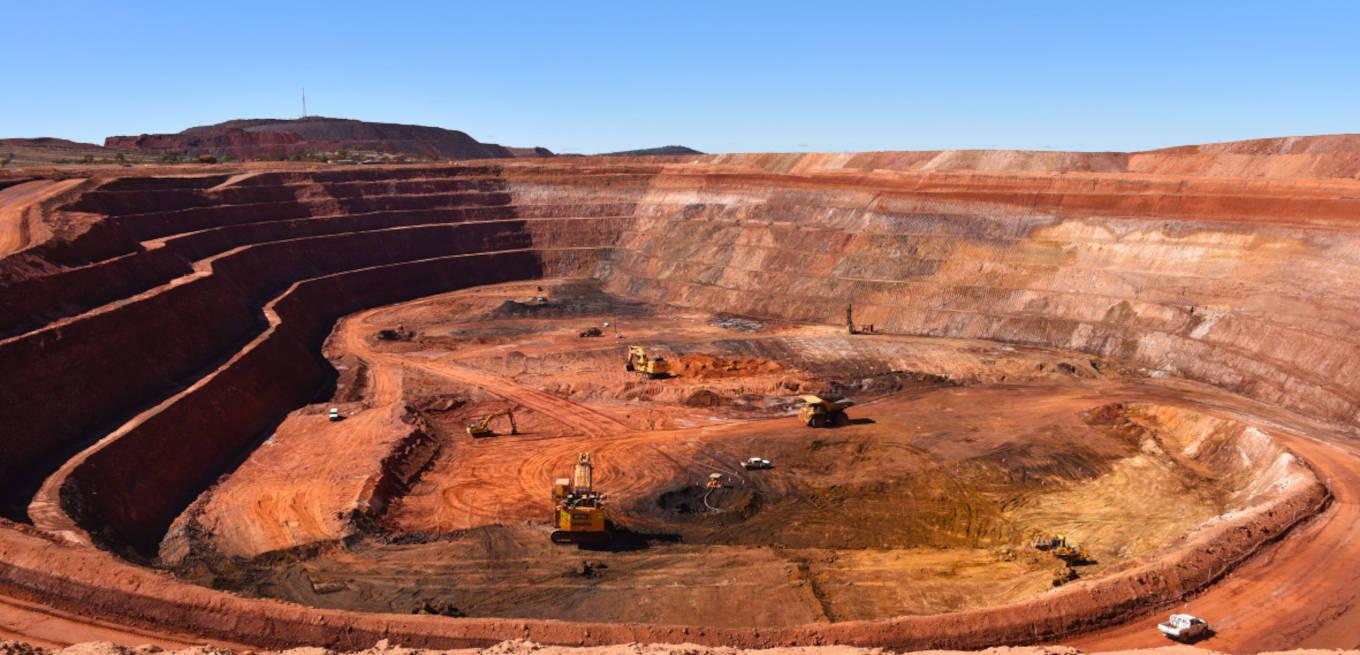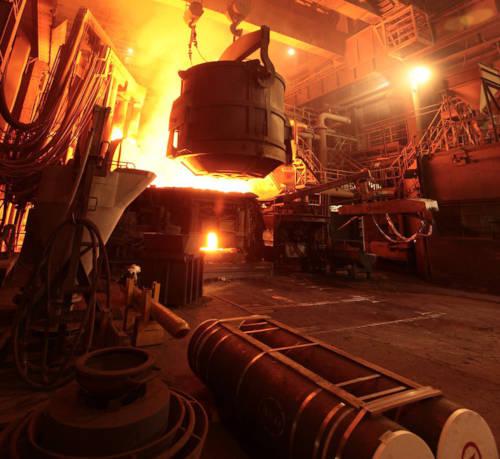Iron & Steel and Cement are two economy sensitive industries which are heavy carbon emitters. Globally the steel industry’s emission ranges between 6-7 per cent of the total emissions. Cement is marginally higher. Both industries use resources which are carbon rich – coal and power. Fresh water is also required. In addition limestone is used for the manufacture of cement. Dust is emitted in the air during mining processes. By-products also emit GHG. It may not be possible for these heavy industries to bring down emission to zero levels. At best GHG emissions can be brought down to some extent through adoption of new technologies, investing in modifying plants, improving processes, carbon capture and bringing energy efficiency in the system and better water conservation and management. Till date, no such technology has been developed which can totally eliminate GHG emission in both these industries. What companies are planning to do is to bring the emission down to net zero levels by offsetting carbon credits earned in other related areas. Converting traditional steel making processes to new ones is both time and money consuming. While steel is a totally recyclable material the time taken for steel to become reusable is quite long – especially, when it is used in buildings, infrastructure or railways. The scrap which is normally useable, are consumer durables and bodies of cars and scooters. This is not adequate to meet the demand of the 1,500 million tonnes steel produced across the globe. In UK and Europe where industrialisation had started long back more scrap is being generated. However, the capacities to produce steel in the UK are nowhere near what it is in India now. When demand outstrips supply While supplies of scrap are limited, demand for steel – both flats and longs – is on the rise. When countries after countries go in for infrastructure development, as is being done currently across the globe, demand for steel will outstrip available supplies. Hence, the chances of steel prices as also other metal prices remaining at elevated levels is high for at least over the remaining part of this decade. The elevated prices resulting in better profitability in FY22 and beyond will also provide companies with the much needed funds to accelerate the transition to a lower carbon economy. But to what extent this will be used to reduce GHG emission and what will be used to create new capacities is a matter of debate. Until and unless consumers demand lower carbon steel products and are willing to pay a marginal premium over traditional steel, producers will be reluctant to convert to Electric Arc Furnaces or switch from iron-ore and coal to scrap and natural gas or hydrogen. For India, like other developing countries, limiting new capacities from coming up in steel industries is next to impossible. More so, as steel is extensively used in building houses. More than 50 per cent of steel goes to the construction industry. The rest finds its way to infrastructure projects including roads and rails besides two wheelers, automobiles and other appliances.
-

Production of 1 tonne of crude steel emits 1.8-2.8 tonnes of CO2


































